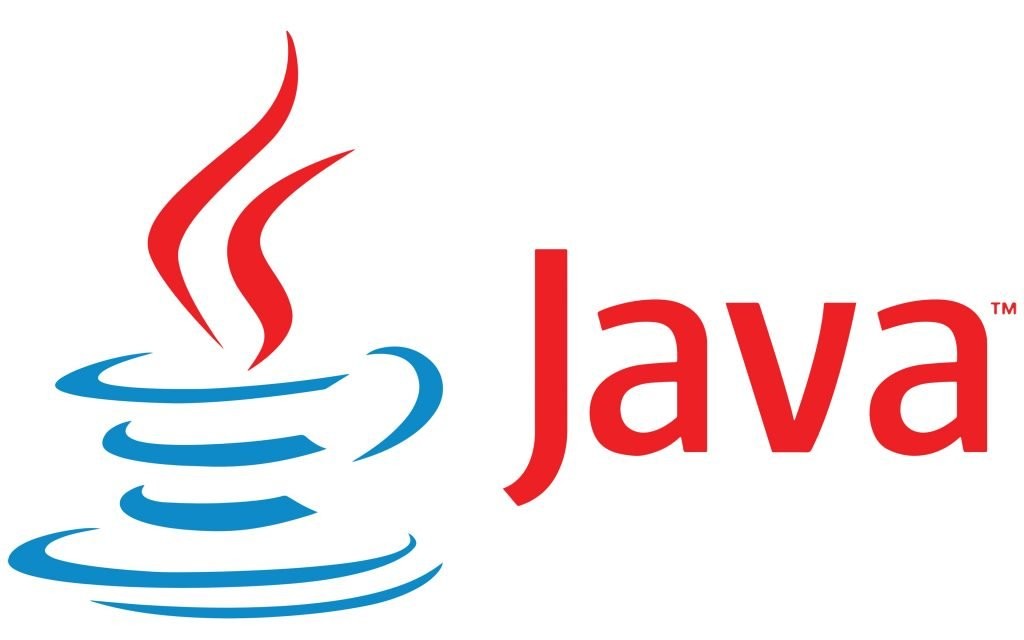Last Updated on August 17, 2024
The Fork/Join framework, introduced in Java 7, addresses the challenge of efficiently utilizing multi-core processors for parallel computation. As modern computers increasingly come with multiple cores, there’s a growing need for software that can effectively distribute work across these cores to improve performance.
Traditional threading models often struggle with:
- Efficiently dividing work into smaller tasks
- Load balancing across available cores
- Handling task dependencies and result aggregation
The Fork/Join framework provides a solution to these issues, particularly for problems that can be broken down into smaller, recursive tasks.
How Fork/Join Framework Works
At the heart of the framework is the ForkJoinPool, a specialized thread pool that manages worker threads. These threads execute ForkJoinTasks, which are units of work that can be split and merged.
The “fork” step involves dividing a task into smaller subtasks. When a task is too large to be processed directly, it creates smaller subtasks and forks them off to be executed in parallel. This forking continues recursively until the subtasks reach a manageable size.
The “join” step occurs when a task waits for and combines the results of its subtasks. This process happens in reverse order of the forking, with results propagating up the task hierarchy until the final result is computed.
A key feature of the Fork/Join framework is its work-stealing algorithm. If a worker thread completes its assigned tasks and becomes idle, it can “steal” work from the queues of other busy threads. This ensures efficient load balancing across all available processor cores.
The framework provides two main types of tasks:
RecursiveAction for void methods and RecursiveTask for methods that return a value.
Developers extend these classes and implement the compute() method to define the task’s logic.
Fork/Join is particularly effective for problems that can be broken down into similar, smaller sub-problems, such as sorting large arrays, processing large datasets, or traversing complex data structures.
By automating the process of work distribution and result aggregation, the Fork/Join framework simplifies the development of parallel algorithms. It allows programmers to focus on the problem-solving logic rather than the intricacies of thread management and synchronization.
Example Fork/Join Implementation
Let’s implement a simple example: calculating the sum of an array of numbers using the Fork/Join framework.
import java.util.concurrent.RecursiveTask;
import java.util.concurrent.ForkJoinPool;
public class ArraySumCalculator extends RecursiveTask<Long> {
private static final int THRESHOLD = 1000;
private int[] array;
private int start;
private int end;
public ArraySumCalculator(int[] array, int start, int end) {
this.array = array;
this.start = start;
this.end = end;
}
@Override
protected Long compute() {
if (end - start <= THRESHOLD) {
// Base case: sum the array portion
long sum = 0;
for (int i = start; i < end; i++) {
sum += array[i];
}
return sum;
} else {
// Recursive case: split the task
int mid = (start + end) / 2;
ArraySumCalculator leftTask = new ArraySumCalculator(array, start, mid);
ArraySumCalculator rightTask = new ArraySumCalculator(array, mid, end);
leftTask.fork(); // Fork left subtask
long rightResult = rightTask.compute(); // Directly compute right subtask
long leftResult = leftTask.join(); // Join left subtask result
return leftResult + rightResult;
}
}
}This class extends RecursiveTask, which means it’s a task that will return a Long value. The THRESHOLD constant determines when to stop dividing the task. The class holds the array to sum and the start and end indices of the portion it’s responsible for.
The constructor initializes the task with the array and the range it should process.
The compute() method is the core of the task:
- If the portion of the array is small enough (≤ THRESHOLD), it directly computes the sum.
- Otherwise, it splits the task:
- It creates two new tasks, each responsible for half of the current range.
- It forks the left task, which means it’s submitted to the ForkJoinPool to be executed potentially by another thread.
- It directly computes the right task on the current thread.
- It then joins the left task, which means it waits for its result.
- Finally, it returns the sum of both results.
public static void main(String[] args) {
int[] array = new int[100000000];
for (int i = 0; i < array.length; i++) {
array[i] = 1;
}
ForkJoinPool forkJoinPool = new ForkJoinPool();
ArraySumCalculator task = new ArraySumCalculator(array, 0, array.length);
long sum = forkJoinPool.invoke(task);
System.out.println("Sum: " + sum);
}The main method demonstrates how to use the ArraySumCalculator:
- It creates a large array filled with 1s.
- It creates a ForkJoinPool, which manages the threads for parallel execution.
- It creates an ArraySumCalculator task for the entire array.
- It invokes the task on the ForkJoinPool and waits for the result.
- Finally, it prints the sum.
In this example, we create a RecursiveTask that sums an array of integers. The task divides the array into smaller portions until reaching a threshold, then computes the sum directly. The results are combined using the fork() and join() methods.
Conclusion
Fork/Join framework excels in scenarios involving large datasets that can be recursively divided. It’s particularly useful for operations like sorting, searching, matrix operations, and tree traversal.
However, the framework has some overhead and may not be beneficial for small tasks or when the division of work is complex. As with any concurrency tool, proper understanding and careful application are key to reaping its benefits.
By leveraging the Fork/Join framework, Java developers can create more efficient applications that take full advantage of modern multi-core architectures, leading to improved performance in computationally intensive tasks.

